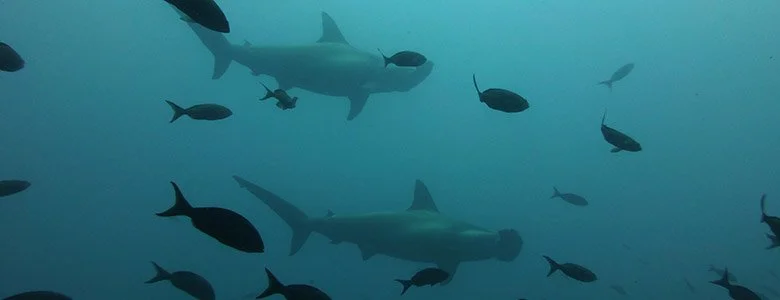
Scientists are fighting to protect a shark and turtle 'superhighway' | Travel Blog
Jul-20-2021
Deep in the Pacific Ocean lies an " superhighway", which stretches approximately 700 km (430 miles), between the marine reserves of Ecuador and Cocos Island off Costa Rica.
It is vital for the sea life, including whale sharks, sea turtles, and hammerheads. They move back and forth between islands looking for places to nest, or foraging for food. The route can be hazardous. The swimway, unlike the marine reserves at either end, is open to fishing boats. Data indicates that many migratory species are in decline. Alex Hearn, a biology professor who founded MigraMar, an alliance of scientists and environmental organizations, said that protecting biodiversity hotspots near the islands is not sufficient. His team is pledging for the protection of the entire swimway, which would cover more than 240,000 kilometres (93,000 miles) of ocean. This area would be roughly the size of the United Kingdom.

This would allow fishing restrictions to be extended beyond the 22-kilometer area around Cocos Island and the 74.3-kilometer radius surrounding the Galapagos Islands. It will create a protected channel that runs between them that follows a chain that includes seamounts, which are underwater mountains that rise above the seafloor. The seamounts serve as landmarks for the ocean and are essential for navigation. Hearn explains that they are made from lava and emit magnetic signals. This is what some species like hammerhead sharks or sea turtles rely on for their location. These "stepping stones" provide places for sea creatures such as turtles and hammerhead sharks to rest and eat during migration.
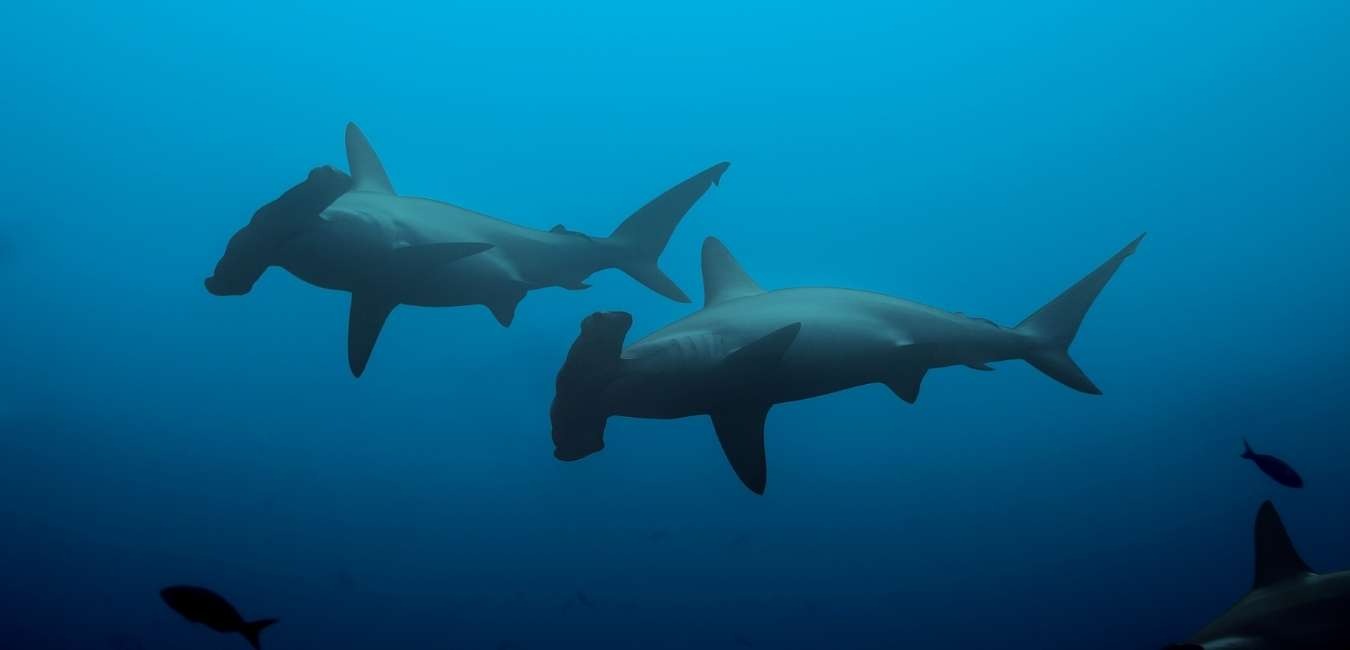
These species are all in decline, and all are listed endangered, vulnerable, or critically endangered. The exception is the tiger shark, which is near threatened. Todd Steiner, executive director, Turtle Island Restoration Network, and another founding member MigraMar, states that tigers sharks are the most important predators in the Pacific. It is crucial to preserve their migration route.
CNN's he says that tiger sharks have a profound impact on the entire food chain. It is vital to have a healthy ecosystem that allows tigers sharks to survive.
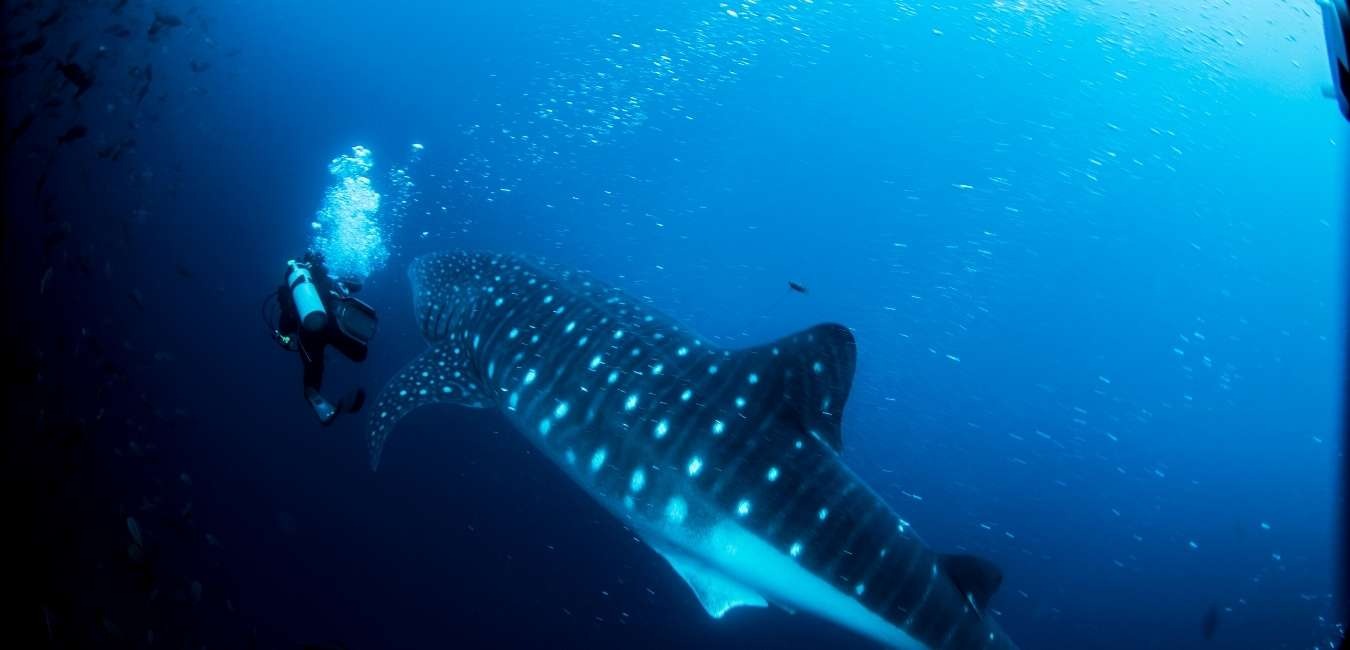
Atunec, Ecuadorian Tuna Boat Association , opposed a different proposal last year to expand the Galapagos Marine Reserve. It stated that the area is rich in fishing and that creating a no take zone would decrease its catch. Chacon is positive that marine protected areas will continue to have a positive effect on fishing. He says that MPAs are nurseries for fish, which allows them to grow and reproduce. This will allow overall stock to increase, and make it possible to get more fish from areas outside of the protected area.
It could also be a boon for other industries. Because of their rich biodiversity, Cocos and Galapagos are attractive destinations for tourists. It is possible to preserve the iconic marine life and protect the tourism industry.
Costa Rica and Ecuador are currently discussing plans to preserve the swimway. MigraMar's data will be used to guide their decisions.Both countries have signed up for the Global Ocean Alliance. This UK-led initiative calls for 30% ocean protection by 2030. Steiner says this shows political will. However, only 13% and 3% respectively of Ecuador's waters have been protected so far. The countries must convert this will to action. Costa Rica is currently "implementing an strategy to increase conservation," Haydee Rod Romero (the government's vice-minister for water and ocean), tells CNN. She says that this will include increasing conservation around Cocos Island and adding that she recognizes the importance of protecting swimways.
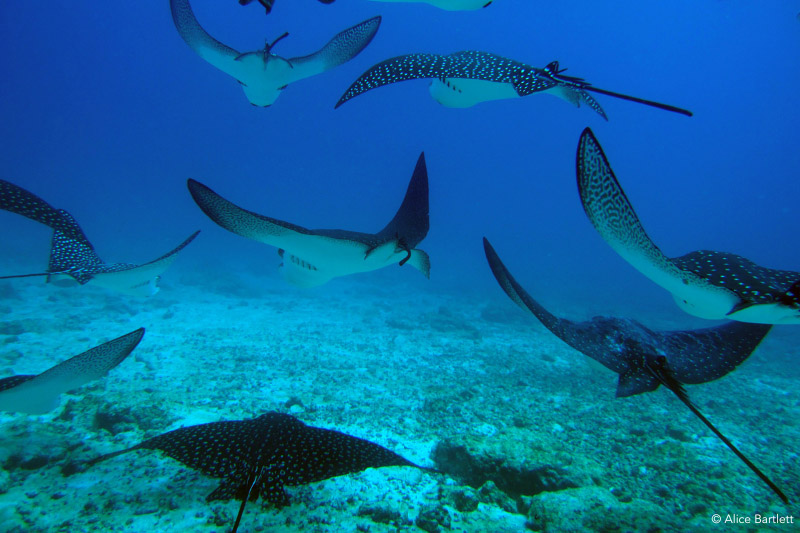
CNN reached Ecuador's government for comment, but it did not reply to the request . However, it has been reported it is considering extending the Galapagos Marine Reserve that would include the entire Ecuadorian side. Rodriguez Romero said that the two countries are currently in discussions over marine protected areas as well as law enforcement in the sea. Steiner says, "Momentums are building and the science supports it." "We are hopeful that soon action will be taken," Steiner said. He warns, however, that governments must act quickly as some species are at risk of extinction.
He said, "We've made baby steps," but "these endangered species don’t have the time for that."
It is vital for the sea life, including whale sharks, sea turtles, and hammerheads. They move back and forth between islands looking for places to nest, or foraging for food. The route can be hazardous. The swimway, unlike the marine reserves at either end, is open to fishing boats. Data indicates that many migratory species are in decline. Alex Hearn, a biology professor who founded MigraMar, an alliance of scientists and environmental organizations, said that protecting biodiversity hotspots near the islands is not sufficient. His team is pledging for the protection of the entire swimway, which would cover more than 240,000 kilometres (93,000 miles) of ocean. This area would be roughly the size of the United Kingdom.

This would allow fishing restrictions to be extended beyond the 22-kilometer area around Cocos Island and the 74.3-kilometer radius surrounding the Galapagos Islands. It will create a protected channel that runs between them that follows a chain that includes seamounts, which are underwater mountains that rise above the seafloor. The seamounts serve as landmarks for the ocean and are essential for navigation. Hearn explains that they are made from lava and emit magnetic signals. This is what some species like hammerhead sharks or sea turtles rely on for their location. These "stepping stones" provide places for sea creatures such as turtles and hammerhead sharks to rest and eat during migration.
Tag is the name of the game to save marine species
MigraMar's network has been documenting species that use the swimway for more than a decade. To track the migration routes of almost 400 marine species, they have installed ultrasonic and satellite tags. They have been able to track the migration of hammerhead sharks as well as silky sharks, leatherback turtles, green turtles, and whale sharks between the islands. In February, the scientists discovered evidence of tiger Sharks when a nine foot-long female Tiger shark that had been tagged in the Galapagos seven year ago, surfaced at Cocos Island.
These species are all in decline, and all are listed endangered, vulnerable, or critically endangered. The exception is the tiger shark, which is near threatened. Todd Steiner, executive director, Turtle Island Restoration Network, and another founding member MigraMar, states that tigers sharks are the most important predators in the Pacific. It is crucial to preserve their migration route.
CNN's he says that tiger sharks have a profound impact on the entire food chain. It is vital to have a healthy ecosystem that allows tigers sharks to survive.
Helping Sharks and Sea Turltes Escape The hook
Fishing is the greatest threat to these migratory marine life. These migratory species can become accidentally caught in fishing boats, or they could get caught in nets. Steiner says fishing is more manageable than other threats they face like climate change. He explains that coastal countries have the power to restrict activities within their waters. The Cocos-Galapagos swimway is under both Ecuadorian and Costa Rican jurisdiction. He says that a few signatures on a piece paper can begin the process of protecting this ecologically vital area.MigraMar and Pacifico, an environmental organization, have created a document that outlines the need for the swimway. It calls for "no take zone" areas that prohibit disturbances such as fishing and dredging or management zones where sustainable and seasonal fishing are allowed. Pacifico's coordinator Carlos Chacon says finding "common ground with the fishing industry" will be critical in ratifying the swimway to marine protected areas (MPA). He claims that the proposal has been met with opposition from the fishing sector in both countries. They claim it would have negative effects on their business.
Atunec, Ecuadorian Tuna Boat Association , opposed a different proposal last year to expand the Galapagos Marine Reserve. It stated that the area is rich in fishing and that creating a no take zone would decrease its catch. Chacon is positive that marine protected areas will continue to have a positive effect on fishing. He says that MPAs are nurseries for fish, which allows them to grow and reproduce. This will allow overall stock to increase, and make it possible to get more fish from areas outside of the protected area.
It could also be a boon for other industries. Because of their rich biodiversity, Cocos and Galapagos are attractive destinations for tourists. It is possible to preserve the iconic marine life and protect the tourism industry.
The time is precious to Protect the Galapagos and Coco's Archipelagos marine life
Costa Rica and Ecuador are currently discussing plans to preserve the swimway. MigraMar's data will be used to guide their decisions.Both countries have signed up for the Global Ocean Alliance. This UK-led initiative calls for 30% ocean protection by 2030. Steiner says this shows political will. However, only 13% and 3% respectively of Ecuador's waters have been protected so far. The countries must convert this will to action. Costa Rica is currently "implementing an strategy to increase conservation," Haydee Rod Romero (the government's vice-minister for water and ocean), tells CNN. She says that this will include increasing conservation around Cocos Island and adding that she recognizes the importance of protecting swimways.

CNN reached Ecuador's government for comment, but it did not reply to the request . However, it has been reported it is considering extending the Galapagos Marine Reserve that would include the entire Ecuadorian side. Rodriguez Romero said that the two countries are currently in discussions over marine protected areas as well as law enforcement in the sea. Steiner says, "Momentums are building and the science supports it." "We are hopeful that soon action will be taken," Steiner said. He warns, however, that governments must act quickly as some species are at risk of extinction.
He said, "We've made baby steps," but "these endangered species don’t have the time for that."
Check Our Galapagos Cruises:
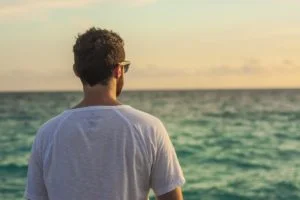
Andre Robles
Andre Robles is an expert in everything South America, his passion for the region and exploring off the beaten path makes his travel writing both useful and interesting. He has written for several mainstream publications and you can read his guides on Ecuador, Peru, the Galapagos Islands and the Amazon. Andre is also an accomplished photographer and has been recognized as one of the best wildlife photographers in the region, his photos have been featured in National Geographic and other journals. As a travel agent Andre specializes in curating unique experiences, crafting tailor made itineraries and helping visitors make the best of their vacation, always putting the experience first
